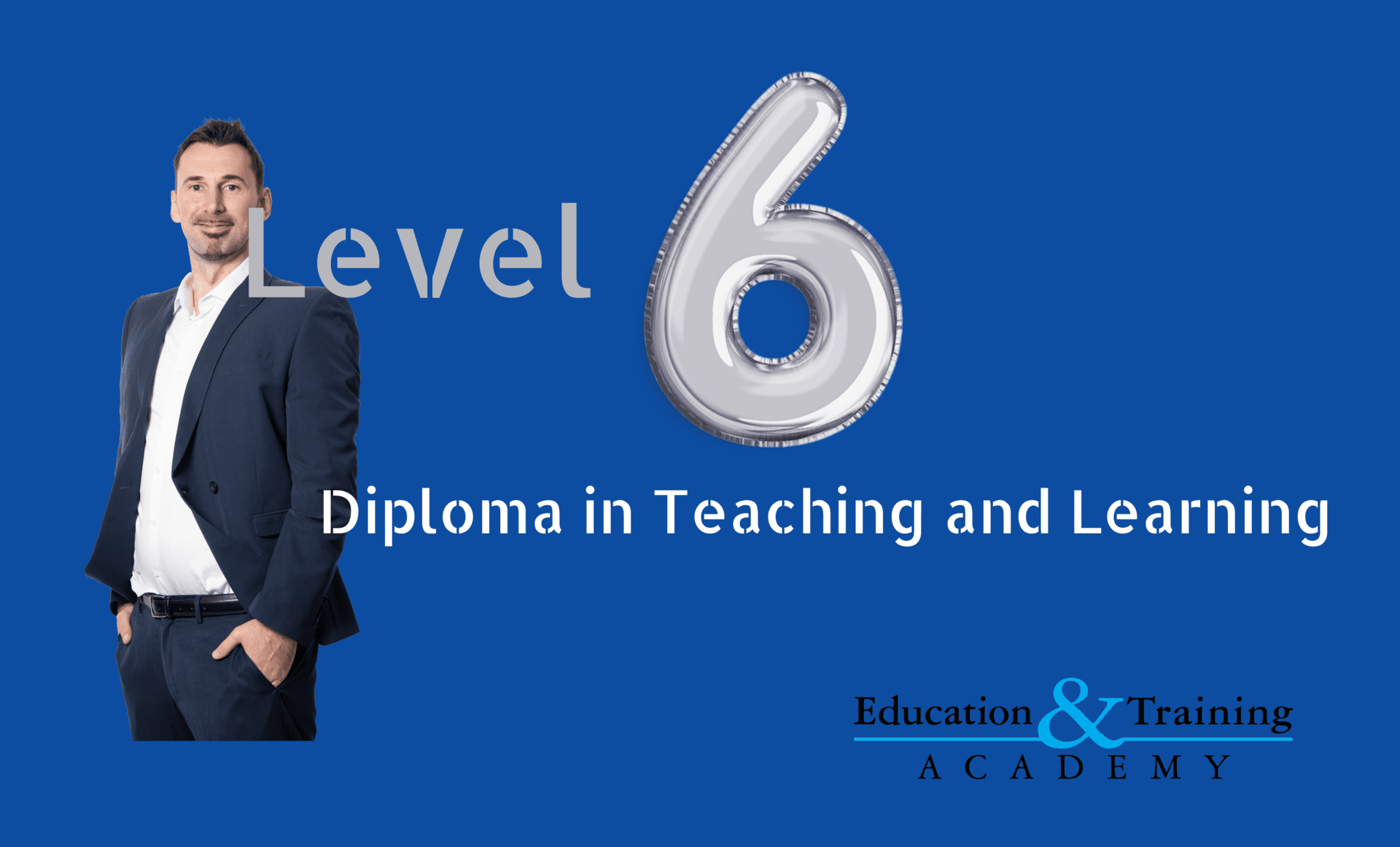
Understanding Assessment and Evaluation Methods in Education
Assessment and evaluation methods are essential tools in the educational landscape, shaping teaching practices and informing learning outcomes. Let's delve into the analysis of different methods of assessment and evaluation, crucial for educators pursuing the Level 6 Diploma in Teaching and Learning and the Level 5 Diploma in Teaching (FE and Skills) (DiT).
Written Tests and Exams: Evaluating Knowledge Recall
Written tests and exams efficiently assess a wide range of content in a short period, making them suitable for evaluating knowledge recall. They come with predefined questions and clear rubrics, ensuring consistent grading. However, they may promote memorisation over deep understanding and might not effectively evaluate practical skills.
Projects and Presentations: Fostering Practical Application
Projects and presentations allow learners to demonstrate practical application of knowledge and skills, fostering deeper understanding. They encourage creativity, innovation, and real-world relevance. However, grading can be subjective, and designing projects can be resource-intensive.
Quizzes and Short Assessments: Providing Formative Feedback
Quizzes offer regular, formative feedback that aids in identifying gaps in understanding and supporting continuous improvement. They enhance retention of information and encourage consistent engagement with course material. Yet, frequent quizzes may lead to a focus on memorisation and overload learners.
Observations and Performance Assessments: Assessing Practical Skills
Observations and performance assessments mirror real-world scenarios, enabling teachers to assess practical skills effectively. They provide instant feedback and capture nuances not evident in traditional assessments. However, they can be influenced by observer bias and require significant time and effort.
Self-Assessment and Peer Assessment: Promoting Reflection and Collaboration
Self-assessment promotes metacognition, as learners reflect on their learning and abilities. Peer assessment develops critical evaluation and feedback skills. Yet, self-assessment may not always align with educators' assessments, and peer assessments may lack consistency.
Formative Evaluation: Driving Continuous Improvement
Formative evaluation provides ongoing feedback to both learners and teachers, promoting continuous improvement in teaching methods. It allows for immediate instructional adjustments and supports differentiated learning strategies. However, it can be time-consuming and may focus on specific concepts rather than overall performance.
Summative Evaluation: Providing Comprehensive Overview
Summative evaluation offers a comprehensive overview of learners' achievement of learning objectives. It contributes to grading and certification and helps assess the effectiveness of curriculum and teaching methods. Yet, it may not offer timely opportunities for improvement and can lead to test anxiety.
Process Evaluation: Monitoring Instructional Implementation
Process evaluation assesses the implementation of teaching methods and activities, ensuring consistency and effectiveness. It helps identify challenges early and supports instructional adjustments. However, it requires consistent monitoring and primarily assesses activity implementation.
Outcome Evaluation: Assessing Learning Outcomes
Outcome evaluation assesses whether learners have met intended learning outcomes, providing evidence of educational achievement. It informs instructional decisions and can be shared with stakeholders. Yet, it occurs after completion of a course and can be influenced by external factors.
Impact Evaluation: Evaluating Long-Term Effects
Impact evaluation assesses the broader and long-term effects of education, guiding improvements and influencing decisions about funding and support. Yet, it requires tracking learners over extended periods and isolating the impact of education from external factors.
In conclusion, each assessment and evaluation method serves a unique purpose in driving effective teaching and learning. While they come with benefits and limitations, a balanced combination of these methods can provide a comprehensive understanding of learners' progress and inform instructional decisions, aligning with the Level 6 Diploma in Teaching and Learning and the Level 5 Diploma in Teaching (FE and Skills) (DiT).

